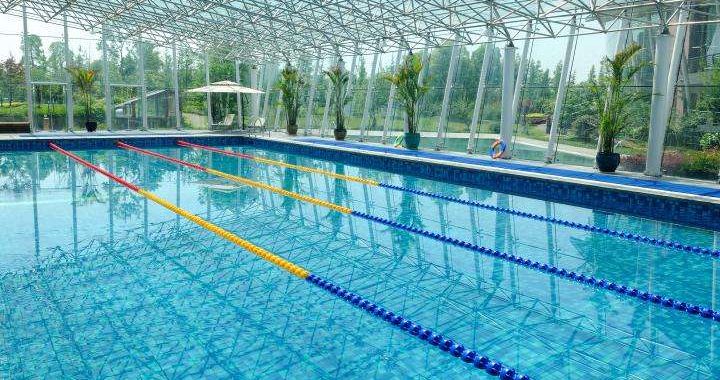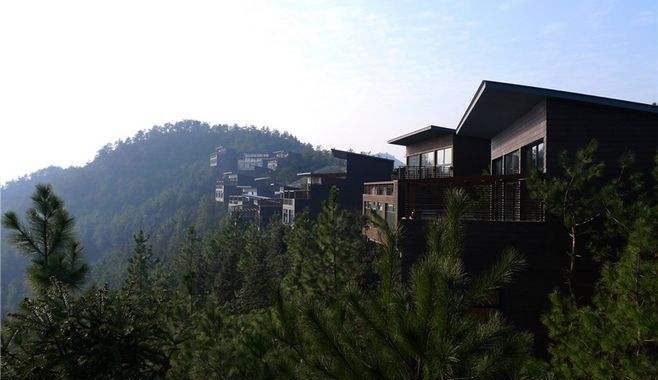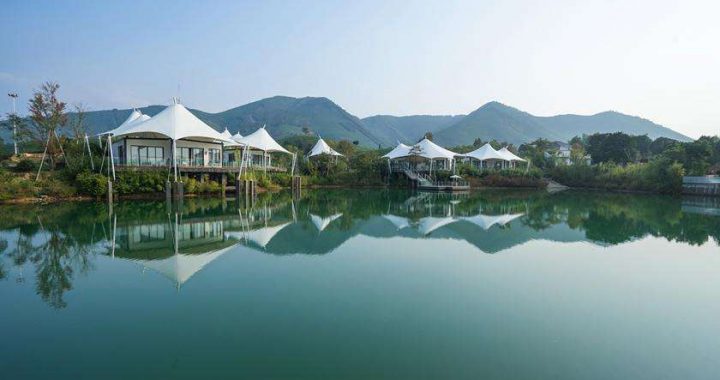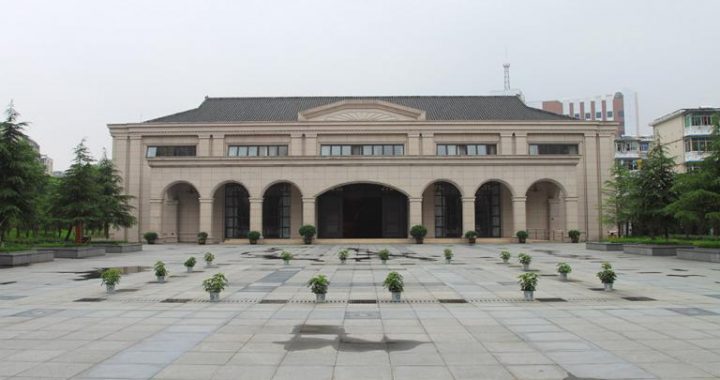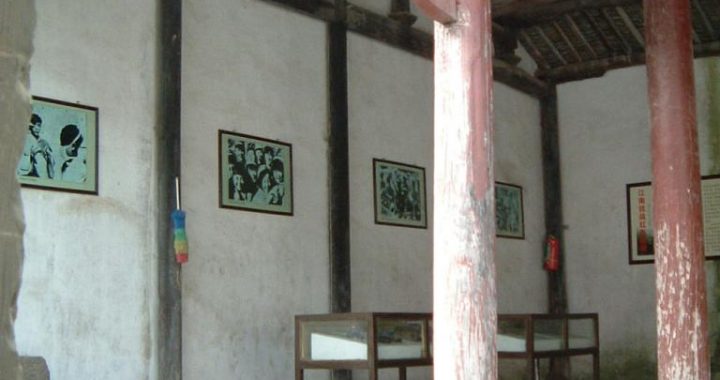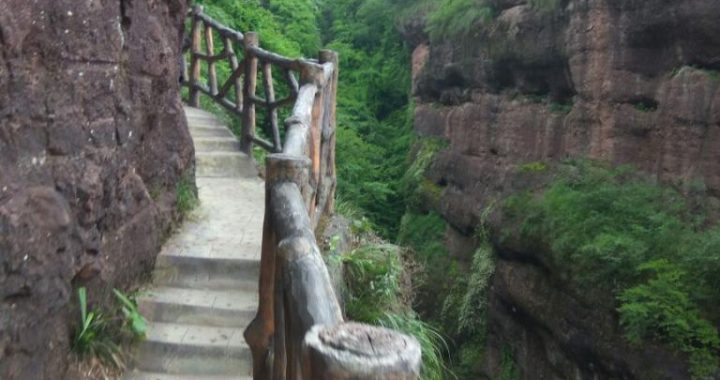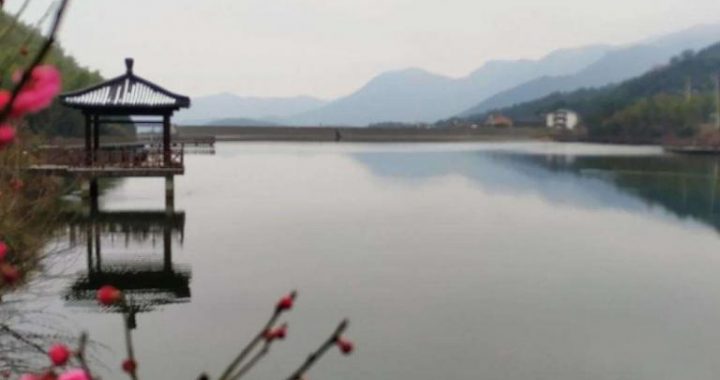Great Ancient Gingko Forest
4 min readGreat Ancient Gingko Forest is located at Badujie in Xiaopu Town.Because of the great gingko forest that goes more than 10 kilometers along the both sides of a road, it is also praised highly as “Long Corridor of Ten-mile Gingko”by the local. The whole gingko forest has 12.5 kilometers in extent and it varies from 500 meters to 5,000 meters in broad range.
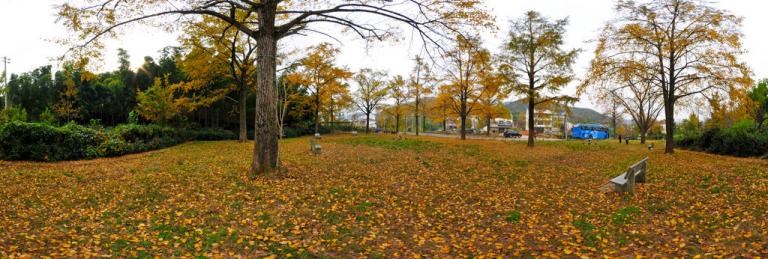
Gingko is also called Maidenhair Tree. It is a kind of deciduous tree, pyramidal in shape, belonging to the order Ginkgoales which included a group of gymnosperms composed of the family Ginkgoaceae. Ginkgo is said that has a history of 350 million years, and had a very wide distribution on the earth in Carboniferous Period and Jurassic Period. Most of the family Ginkgoaceae died out when the 4th Glacial Era came, but the gingko survived in very few narrow areas of China. This kind of plant is regarded as “living fossil”. The wild gingkoes exist only in the areas of the west Mount Tianmu in Zhejiang Province, Shennongjia at the juncture of Sichuan and Hubei Provinces, and Mount Dabie on the borders of Henan and Anhui Provinces. It is very easy to see the gingko, but rare to find a wild gingko forest as the great ancient gingko forest in Changxing. It is a wonderful sight with the primitiveness, wildness and vividness. In China, there are 12 main gingko production areas. However, Changxing, in terms of the gingko culture and the number of ancient ginkgo, should be honoured with “Homeland of Gingko”. All of gingkoes that grow over the world today are directly or indirectly introduced from China. The Great Gingko Forest in Changxing is known as the best of the world. The gingko successfully lived in the great extinction of species, and has been propagating in Badujie, the local people take it as the extra bounty of nature to the living on this piece of land. As a matter of fact, the growth of gingko is closely related with the geological feature. Taking shelter from the strong wind and having moderate capacity of moisture in soil are two necessary conditions for the growth of the gingko. Badujie is the flat terrain betweentwo mountains where the natural soil and the weather just meet the needs ofthe gingko, so that the gingko grows well at that place. It is said that some expert once came to Changxing and extracted DNA from living gingkoes there to make a comparative experiment agaist the “gingko fossils”two hundred millions ago. To one’s surprise, the result of the study showed that there is no evident difference between the characteristics of genes that they carried, even if they underwent the long geologic age. The gingko is a kind of plant which has the economic results and the curative effect as well as the ornamental value.

The great gingko forest has about 30,000 wild protogingkoes. There are more than 2,700 ancient gingkoes in the forest over one hundred years.
They grow over the whole forest starting from the Ancient Gingko Park inFangyi Village. There are 2,348 gingko trees in the forest over a hundred years,376 are over 300 years,11 are over 500 years, and 5 gingkoes have lived more than 1,000 years including one at the age over 1,200 years which still produces more than 50 kilograms of gingkonut every year. In the ancient gingko park,a male gingko is over 1,300 years, and it is commonly called “King of Ancient Ginkgoes”. There is an aged-old female gingko in Xujia Village near by, she is over 1,400 years known as “Queen of Ancient Ginkgoes”.
The Great Gingko Forest goes with many legends and stories. It is said that the hard seed of gingko is commonly called “Bai Guo”(white nut) inChangxing. It was the tribute to the imperial court during the the Song Dynasty. One day, an emperor saw the nut with silver colour was similar to the apricot almond in shape, he named it “Yin Xing”(silver apricot). From then on,”Bai Guo”is also called “Yin Xing”. The gingko grows up very slowly and has a long life of thousand years. The gingkowood is hard with a clear grain, and the shaped plank is not deformed easily with the years passing by. Because of these good properties, it is often selected as a material to make moulds, carvings, furniture, etc. The throne of emperor was also made of ginkgowood in the Northern Song Dynasty. Chen Baxian, the first emperor of the Chen in the Southern Dynasty, was from Changxing. He once planted gingkos personally in Changxing, but only those planted at Badujie survived. As one of three ancient sights in Changxing, October is the best time for tourists to enjoy the great gingko forest. The golden leaves of gingkoes greet one’s eyes everywhere.

